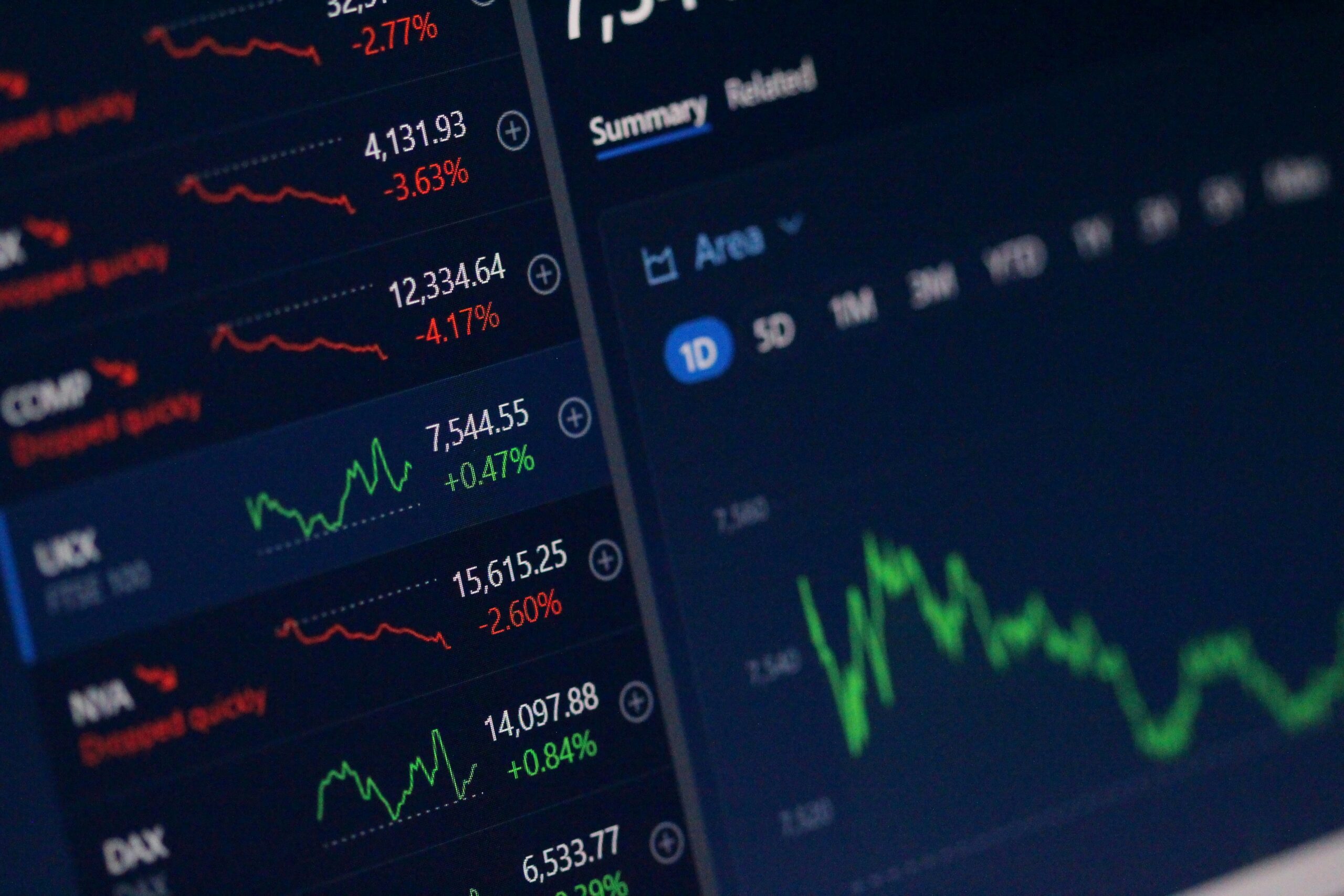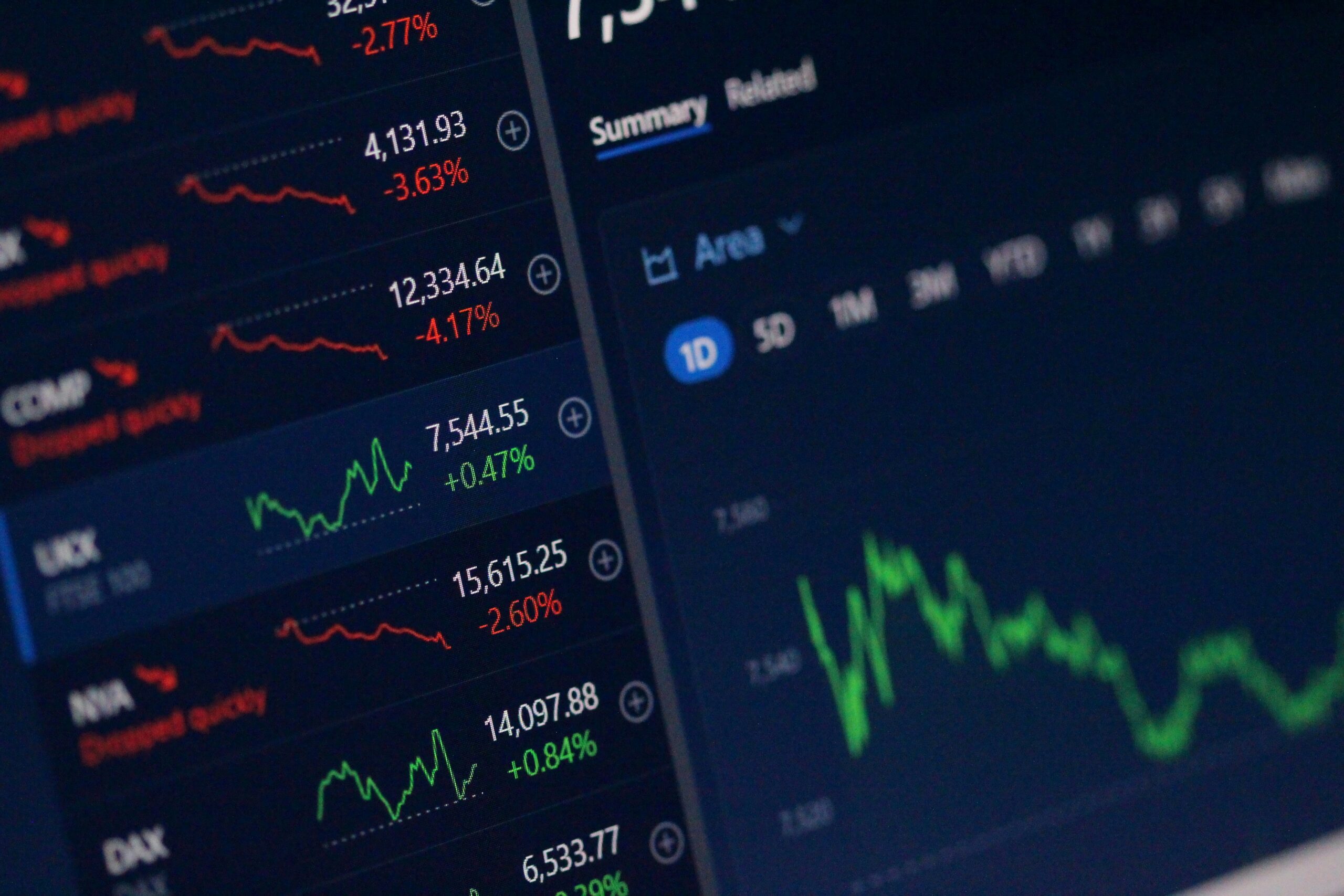
Overview of UNH Stock Price Trends
The stock price of UnitedHealth Group Incorporated (UNH) has exhibited notable fluctuations over the years, reflecting various internal and external factors influencing the healthcare sector. Understanding these trends provides valuable insights for investors and analysts alike. Historical observations indicate that UNH stock prices have generally followed an upward trajectory, particularly over the last decade, driven by robust company performance and strategic acquisitions.
In early 2015, UNH stock was priced around $126 per share. This period marked the beginning of a significant growth phase, corresponding with the company’s expansion and the implementation of various healthcare initiatives aimed at improving service delivery and cost efficiency. By 2017, the stock had surpassed the $200 mark, propelled by positive earnings reports and favorable market conditions, reinforcing investors’ confidence in the company’s potential for growth.
However, not all years reflected consistent upward movement. The stock faced challenges in 2018, where it experienced a minor downturn due to uncertainties surrounding healthcare legislation and market volatility. By early 2020, prior to the pandemic, UNH’s stock price was around $300. The onset of COVID-19 led to significant market disruptions, yet UNH demonstrated resilience and adaptability, quickly stabilizing and eventually reaching new heights, surpassing $400 in late 2021. This resilience is attributed to the company’s integrated health services and innovative approaches to telehealth, which gained traction during the pandemic.
Key events also shaped the stock’s trajectory. For instance, UnitedHealth’s acquisition of Catamaran in 2015 and its subsequent merger with Change Healthcare in 2021 were instrumental in positioning the company as a leader in health technology and services. Such strategic initiatives have fortified the stock’s performance against numerous external economic challenges.
In conclusion, the historical trends in UNH stock price are characterized by significant growth and recovery from various downturns, influenced by both company decisions and broader market conditions. As investors analyze these trends, it becomes evident that understanding the factors driving UNH’s stock price is crucial for informed investment decisions.
Factors Influencing UNH Stock Price
The stock price of UnitedHealth Group Incorporated (UNH) is influenced by a myriad of factors that collectively shape its market valuation. One of the primary determinants is the company’s financial performance. Investors closely monitor earnings reports, as quarterly and annual results provide insight into revenue growth, profitability, and operational efficiency. A consistent upward trend in earnings per share (EPS) and revenue is often viewed favorably, leading to increased investor confidence and potentially driving the stock price higher.
Moreover, UNH’s market share within the health insurance industry plays a critical role in its stock valuation. Strong performance in acquiring new customers and retaining existing ones can significantly enhance its competitive edge. Investors assess market positioning relative to rivals to gauge long-term growth prospects. Any significant changes in market share can invoke various market reactions, thereby influencing stock price movements.
In addition to internal financial metrics, external factors also exert considerable influence on UNH’s stock valuation. Changes in healthcare legislation or regulatory policies can impact operating conditions in the health insurance industry. For instance, reforms that modify Medicaid or Medicare reimbursement rates may affect revenue flows and profitability outlook, prompting swift reactions in the stock market.
Competition within the health insurance sector further affects UNH’s stock price. The introduction of innovative products and services by competitors can challenge UnitedHealth’s market dominance. Investors keep a close eye on these competitive dynamics, as a loss of market share to competitors can lead to negative sentiment towards UNH stock.
Lastly, overall investor sentiment and broader market trends play a significant role in shaping UNH’s stock price. Economic indicators, market volatility, and trends in investment capital can lead to fluctuations that may not directly reflect the company’s performance but still affect its market valuation. Understanding these multifaceted influences is crucial for interpreting the stock price movements of UNH effectively.
Comparative Analysis with Competitors
In the competitive landscape of health insurance, UnitedHealth Group Incorporated (UNH) stands out as one of the leading entities. However, to gauge its stock performance accurately, it is essential to assess how it measures against its primary competitors in the sector, such as Anthem, Aetna, and Cigna. These companies not only shape the dynamics of the health insurance market but also serve as critical benchmarks for evaluating UNH’s market positioning and stock valuation.
When comparing stock performance, the price-to-earnings (P/E) ratio is a significant metric. As of the latest available data, UNH boasts a P/E ratio that reflects a premium in the marketplace compared to its competitors, suggesting that investors are willing to pay more for each dollar of earnings, likely due to its robust growth prospects and diversified service offerings. Anthem and Cigna, while formidable in their own right, display P/E ratios that indicate a more conservative valuation, which may reflect muted growth expectations in comparison to UNH’s broader operational scope.
In addition to P/E ratios, growth rates serve as another lens through which to view UNH’s competitive stance. Over recent quarters, UnitedHealth has outpaced its rivals in revenue growth, attributed to its expansive investments in technology and care delivery. Conversely, Cigna and Aetna have reported modest growth trajectories, which could affect investor sentiment and stock performance down the line.
Furthermore, dividend yields represent a crucial component of comparative analysis within this sector. UNH has historically maintained a favorable dividend yield, appealing to income-focused investors. This commitment to returning capital to shareholders distinguishes it from competitors, who may prioritize reinvestment strategies over immediate shareholder returns. In conclusion, examining UNH’s stock performance relative to its competitors unveils insights into its valuation and market efficacy, providing stakeholders with a clearer understanding of its position within the health insurance landscape.
Future Projections for UNH Stock Price
When considering the future projections for UnitedHealth Group Incorporated (UNH) stock price, it is essential to analyze expert opinions and the insights provided by industry analysts. As of now, many analysts have maintained a positive outlook for UNH, largely attributing this sentiment to the company’s robust fundamentals, innovative healthcare solutions, and ability to navigate a complicated regulatory landscape. The consensus among analysts suggests a moderate to strong growth trajectory over the next few years.
Furthermore, potential risks that could impact the performance of UNH stock include changes in healthcare policy, fluctuations in reimbursement rates, and economic downturns that may affect consumer spending on health plans. This uncertainty around healthcare reforms is a critical consideration for investors, as it can significantly influence the bottom line of health insurance providers. Additionally, competition within the healthcare market is intensifying, which could pose challenges for UnitedHealth Group.
Market trends also play a significant role in forecasting UNH stock price. The ongoing shift toward value-based care and digital health solutions provides numerous opportunities for growth. Therefore, investors should closely monitor how well the company adapts to these evolving trends. Moreover, macroeconomic factors, such as inflation rates and unemployment statistics, can impact consumer behavior and, by extension, the demand for UnitedHealth’s services.
In light of these considerations, various scenarios may come into play. For instance, should the healthcare sector continue to advance and stabilize, analysts may predict an upward trajectory for UNH stock price. Conversely, if faced with adverse regulatory changes or increased competition, the stock could see downward pressure. Ultimately, a thorough understanding of these dynamics will be crucial for investors as they evaluate the future performance of UnitedHealth stock.



